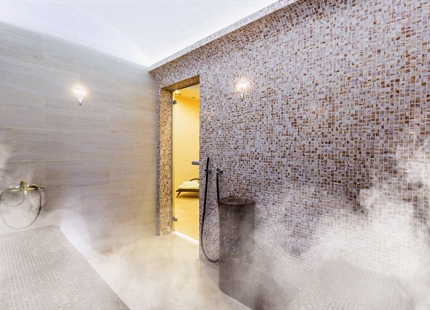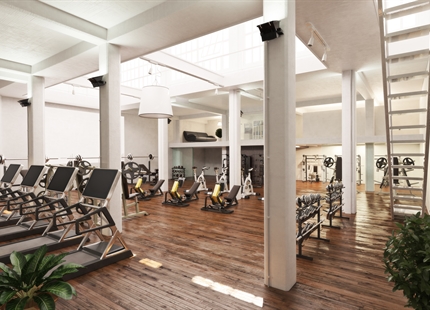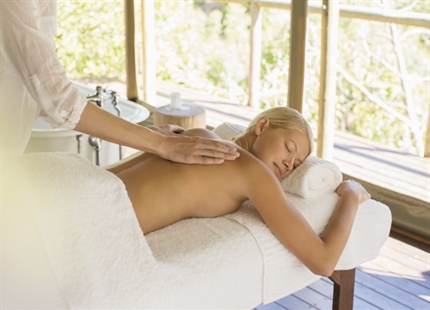
Humidification for Nursing and Retirement homes
Dry sinuses, dull hair, skin irritations and catching an influenza virus are common side effects of living or working in a low humidity environment. According to a recently published research conducted by the Oregon Department of Health Services the right levels of humidity are proven to reduce and prevent harmful bacteria and respiratory infections from spreading. To achieve an optimal level of humidity to support health and comfort between 40% and 60% of room humidification are recommended. Particularly during the winter seasons while indoor heating dries room atmosphere the air humidity level is very likely to drop below the recommended minimum of 40% RH. A low humidity level like this causes a very dry indoor environment which will ultimately causes patients and inhabitants physical discomfort.
Airborne Infections
Dry air tends to find moisture sources in a room in anything possible, such as mucous membranes. Since these membranes function as the natural shield of a body, once they dry out we tend to be more vulnerable to colds, flus and viruses.
Dry Eyes and Sore Throat
Dry eyes and a sore throat are common initial signs of overexposure to dry air and can create an uncomfortable work environment for employees. Particularly people with a weak immune system are likely to experience health problems in a dry air office environment.
Dry Skin
A dry room forces the air to draw moisture from any possible other source, one being hair and skin which results in itchy skin and dull hair.
Illness
The transmission of airborne viruses, such as influenza, is significantly reduced at a humidity above 40% RH. Also, the mucous in our nose and throat is our body's natural defence against airborne pollutants. When it dries our immune system is weakened.
Static and Dust
The accumulation of static electricity is highly likely in an environment of humidity below 40%RH. That means that fragile electronic tools may suffer damages due to dust rising into the atmosphere. By keeping RH levels above the 40%RH mark, this possibility is significantly reduced.
Benefits of humidification for Nursing & Retirement homes
include:
- Reduces airborne infections
- Reduces respiratory issues
- Increase patient and employee comfort by eliminating dry nasal passages, dry eyes, and sore throats
- Reduces employee absenteeism
- Reduces premature drying and formation of scabs from coagulated blood
- Prevention of electrostatic discharge
Other applications where Condair delivers vital humidity control include...
Care Center
Humidification for Care Centers
Read moreSpa & Wellness
Relax and enjoy the highly innovative steam bath systems from Condair
Read moreGyms and Hot Yoga Studios
What are the benefits of optimal humidity in fitness studios?
Read moreHumidification for Hotels
Improving the Indoor Climate for Guest Comfort
Read moreHospitality, Sport and Wellness
Your guests should feel completely comfortable and relaxed. The right humidity plays an important role in this.
Read moreHot Yoga Studios humidification
We’ve worked with enough hot yoga studios to know how important it is to balance heat and humidity for an optimal yoga envir...
Read moreSchools and Children humidification
Proper humidification in schools can reduce absenteeism by 20%.
Read moreHotel and Wellness humidification
Hotel rooms, which are humidified between 40 - 60% RH are an additional, important health benefit for your guests.
Read moreHome humidification
Improves health and protects furniture, floors and textiles.
Read moreMuseums, galleries, art & antiques humidification
Preservation of works of art & antiques & fittings and features.
Read more









